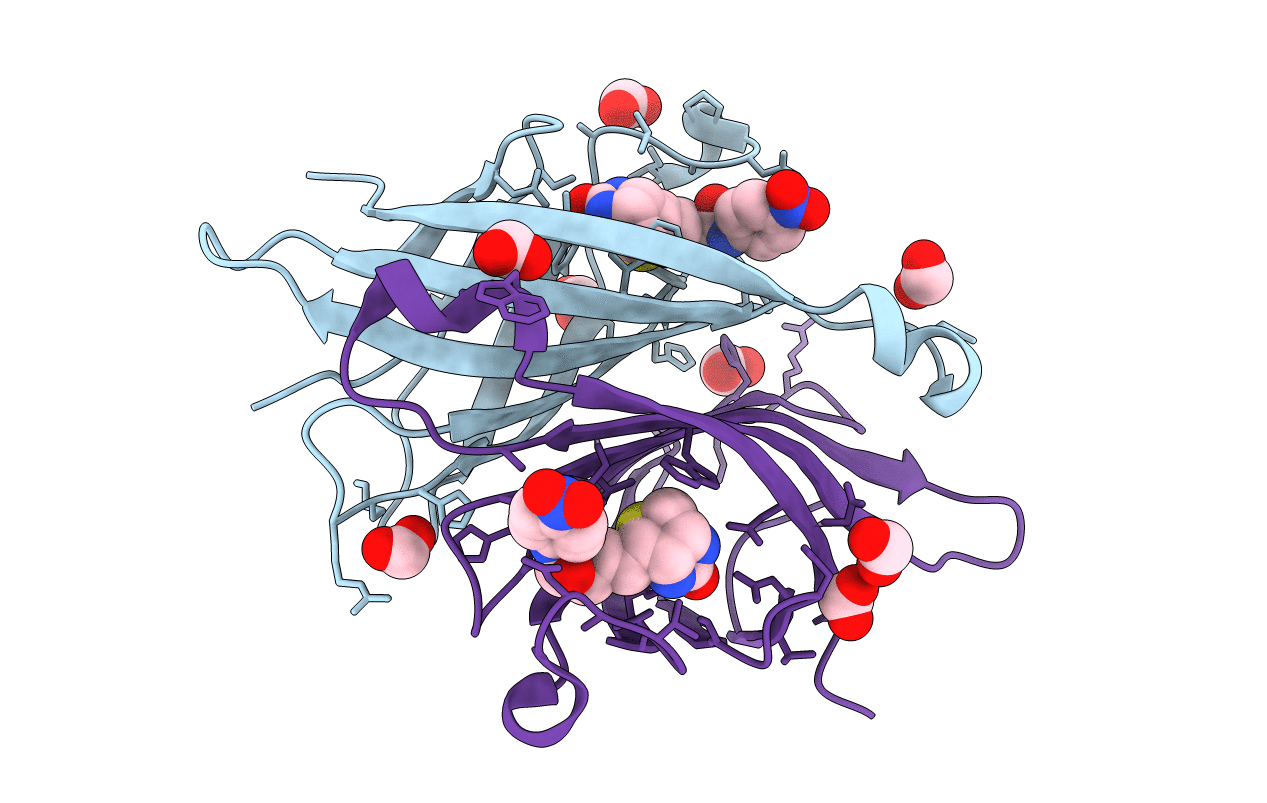
Deposition Date
2007-01-03
Release Date
2007-12-25
Last Version Date
2024-10-09
Entry Detail
PDB ID:
2OFB
Keywords:
Title:
Crystal structure of AVR4 (R112L/C122S)-BNA complex
Biological Source:
Source Organism:
Gallus gallus (Taxon ID: 9031)
Host Organism:
Method Details:
Experimental Method:
Resolution:
1.16 Å
R-Value Free:
0.18
R-Value Work:
0.17
R-Value Observed:
0.17
Space Group:
P 41 21 2


